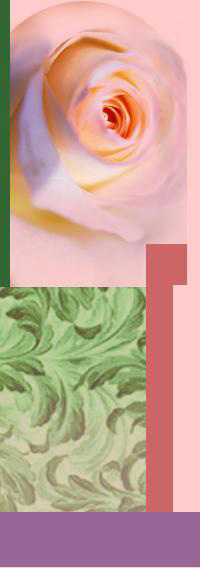|
One of the differences between science
and pseudoscience is that if something can be demonstrated to be not true a real scientist will discard it and get on with
other things. A pseudoscientist, however, will cling to ideas even in the face of contrary evidence. This can be understandable
if the evidence completely refutes their hypotheses, theories and world views, and an example of this would be that the entire
edifice of creationism collapses if it is accepted that the Earth is billions of years old. What puzzles me is that people
will continue to believe irrelevant things which are shown to be untrue. An example of this in the myths below is that the
etymology of the word "quack" has absolutely no bearing on the safety or dangers of dental amalgams. It seems that any concession
to the other side, no matter how trivial, is too damaging to be tolerated. Blind faith and fundamentalism is like that.
During one recent week I saw four examples
of this coming from the world of pseudomedicine.
The first myth is that word "quack" to
describe a fraudulent medical practitioner comes from the German "quacksalber", meaning "quicksilver", and came into use because
dentists used "mercury amalgams" to fill teeth. The truth is that the use of silver amalgam to fill teeth was first proposed
at the beginning of the 19th century and took about 30 years to gain any popularity. More than 150 years before, in the 1646
book "Pseudodoxia Epidemica", Sir Thomas Browne used the word "quacksalver" to describe what we would now call a quack doctor.
"Quacksalver" means a person who makes meaningless noise ("quack") about his cure-all ointments ("salve"), and the word has
nothing to do with mercury. The word "quacksalber" in German means exactly what "quacksalver" means in English (and Dutch)
and has done so for several centuries. The German word for mercury is "quecksilber" ("nimble silver"). Also, there is no such
thing as a "mercury amalgam" because the word "amalgam" means an alloy of mercury and some other metal. The response I received
was to be told that I was just repeating the lies of the ADA about mercury amalgam, and that word "quack" comes from the German
word "quacksalber" ...
The second myth was that when amalgam fillings
were first suggested, dentists were banned from using them by their professional body. The American Dental Association then
came along with its vested interests, killed the professional body and forced dentists to use amalgam. The truth is that there
was an organisation set up to oppose amalgam fillings, but this was because the cheaper amalgams threatened the lucrative
practice of filling teeth with gold. The organisation collapsed after a short time when it was found that the total membership
was not enough to provide a quorum for the annual meeting, even if everyone turned up. The ADA was set up shortly after this
collapse, and was (I think) the first professional society for dentists in the world, and some patents for amalgam formulas
were assigned to the ADA but there was no monetary value and the patents have long expired.. Nobody has ever been forced to
fill teeth with amalgam. The response in this case was that I was repeating the lies of the ADA, which makes millions from
its patents on amalgams. When amalgams first appeared, dentists were banned ...
The next falsehood was that Harry Hoxsey
invented a cure for cancer, but Dr Morris Fishbein, President of the American Medical Association, tried to buy the formula
to suppress it. Hoxsey refused to sell it to him, but Fishbein used his enormous power as AMA President to destroy Hoxsey's
work and make sure that nobody could ever have access to this miracle cure. I would have a jar of Hoxsey's miracle cure on
my desk, except that I lent it to a television producer. It is readily available off the Internet. Dr Morris Fishbein was
never President of the AMA, but was the editor of JAMA for some years, and in Hoxsey's own autobiography he says that the
person who offered to buy his formula was Dr Martin Harris, who later became President of the AMA but wasn't at the time.
The response to this was remarkable, as I was told: "It doesn't matter if he was president or editor. Look up corruption and
Fishbein in Google".
The final myth is one of my favourites,
and it was expressed this time as: "Medical errors topped out at some 752,000 admitted deaths". For the truth, you only have
to go to http://www.cdc.gov/nchs/fastats/deaths.htm to see the latest death statistics for the USA. There were 2,416,425 deaths in 2001 and the top ten causes were heart disease
(700,142), cancer (553,768), stroke (163,538), chronic lower respiratory diseases (123,013), accidents (101,537), diabetes
(71,372), influenza/pneumonia (62,034), Alzheimer's disease (53,852), nephritis, nephrotic syndrome, and nephrosis (39,480)
and septicaemia (32,238). When you subtract these numbers from the total it leaves 515,446 for all other causes combined,
somewhat less than the 752,000 "medical mistakes". I received two responses to this. One was to quote the CDC figures and
repeat the 752,000 number. The other was to say that the real number was 195,000 and this made medical mistakes the sixth
leading cause of death after "diabetes, influenza, pneumonia, Alzheimer's disease and kidney disease".
Sigh! This article by Peter Bowditch was published
in the September 2004 edition of Australasian Science
|
